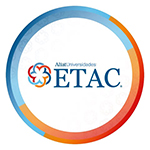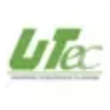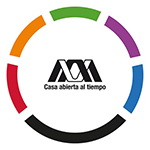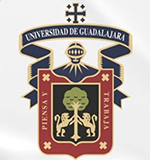Introduction to the University of Veracruz, Mexico:
Introduction: The University of Veracruz is a well-known national university in Mexico. It was officially founded in 1944 and is one of the five largest national universities in Mexico. Headquartered in Xalapa, the capital of Veracruz State, it has four branches in four other cities in the state. It is a comprehensive university covering multiple disciplines.
Overview: The school has a total of 74 academic departments, 40 research centers, 6 language centers and 6 art schools and other teaching and research institutions. It offers undergraduate, master's and doctoral degree programs in the humanities, social sciences, natural sciences, technical sciences, economic management sciences, agricultural sciences and health sciences, with more than 80,000 students.
History: It was officially established on September 11, 1944, and was formed by the merger of several local higher education colleges, continuing the educational activities of some local secondary schools, nursing and midwifery colleges. Subsequently, the School of Law, the School of Fine Arts, the Department of Archaeology, the Higher Conservatory of Music and the University Radio Station were established. In the 1950s, the school entered a stage of institutional construction, development and expansion, with new faculties and projects emerging. In the 1970s, the school continued to grow and develop, regional development was consolidated, more faculties were created and the first graduate courses were developed. In the 1990s, facing the challenges of changes in the social, economic and political environment, international competition and insufficient funds, the school adjusted and innovated its academic organizational structure and gained autonomy in 1997.
Establishment: 1944.
School Strength: It has a large faculty and rich teaching resources, and has achieved remarkable results in teaching and scientific research. The school has extensive research activities and cooperates with many universities and institutions at home and abroad. Its students and teachers have performed well in various academic competitions and research projects. Through international exchange programs, it provides students and teachers with a broad international perspective and cooperation opportunities.
Institutional Nature: Public Autonomous University. Supported and managed by the government, it is committed to cultivating high-quality talents for society and promoting regional education, culture and economic development.
Educational Philosophy: There is no clear and public content related to educational philosophy. However, as a public university, it usually aims to cultivate well-rounded talents, pursue academic excellence, and serve the society, focusing on students' knowledge learning, ability training, comprehensive quality improvement, and the shaping of social responsibility.
Key laboratories and disciplines: The school has 21 scientific research institutions, such as the Biological Research Center, the Institute of Archaeology, and the Institute of Basic Sciences. Famous disciplines include architecture, engineering, biology, statistics, informatics, psychology, and education; more famous graduate majors include business management, international trade, customs law, forensics, and public health.
Department: Teaching and scientific research are carried out in 5 branches according to disciplines, and each branch has different departments. For example, the Xalapa branch has 31 departments, including the Department of Civil Engineering, the Department of Pharmaceutical Biochemistry, and the Department of Business Management; the Veracruz branch has 16 departments, such as the Department of Chemical Sciences, the Department of Civil Engineering, and the Department of Naval Architecture.
Ranking: 12th in Mexico, top 100 in Latin America, top 1500 in the world according to U.S. News; 60th in Latin America, 10th in Mexico according to Webometrics University Ranking.
Cost: No clear tuition information is available. However, students can apply for scholarships, grants and tuition waivers, which are sponsored by the school and other associations and can cover the main expenses of students.
Campus environment: The campus is located in 14 cities in the state, combining traditional and modern architectural styles. The campus service facilities are complete, including cafeterias, innovation centers, museums, art centers, entertainment areas, auditoriums, parking lots, transportation facilities, etc. The school library is a modern library with a rich collection of books, journals and electronic resources, and provides database query, virtual library, online training and other services.
-

National Autonomous University of Mexico
-

Anahuac University of North Mexico
-

Universidad Autonoma de Guadalajara
-

Universidad ETAC
-

Meritorious Autonomous University of Puebla
-

Technological University of Tulancingo
-

Metropolitan Autonomous University
-

Autonomous University of Sinaloa
-

University of Guadalajara
-

Technological University of Huejotzingo
-

Mesoamerican University
-

Istmo University
-

Mariano Galvez University of Guatemala
-

Regional University of Guatemala
-

Galileo University
-

Francisco Marroquín University
-

Rafael Landívar University
-

University of the Valley of Guatemala
-

University of San Carlos of Guatemala
-

Technological Institute of Tlaxcala Plateau
-

Golfo University
-

Technological University of South Sonora
-

Technological University of Huejotzingo
-

Tizimín Institute of Technology
-

Chilpancingo Institute of Technology

